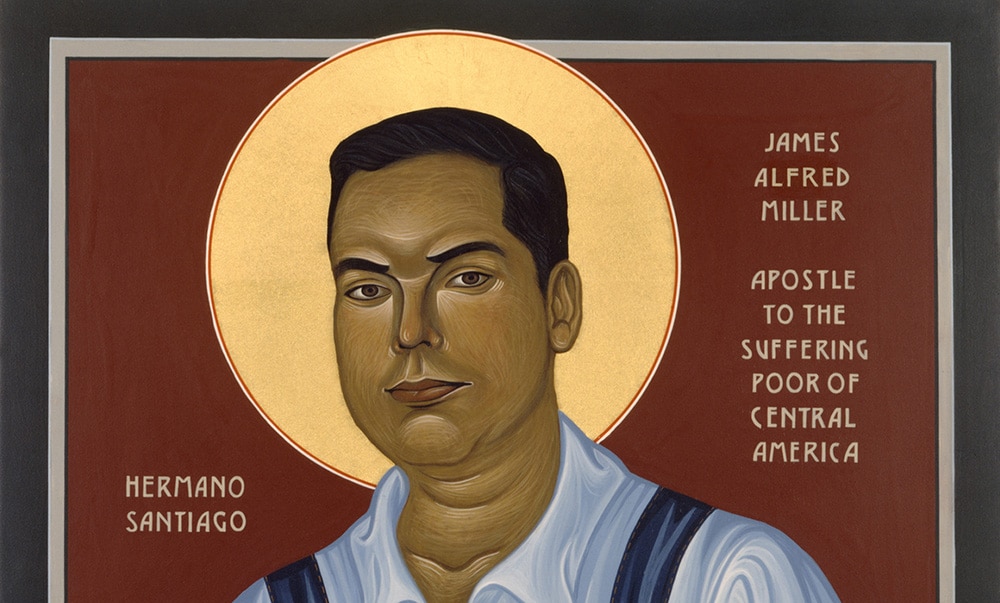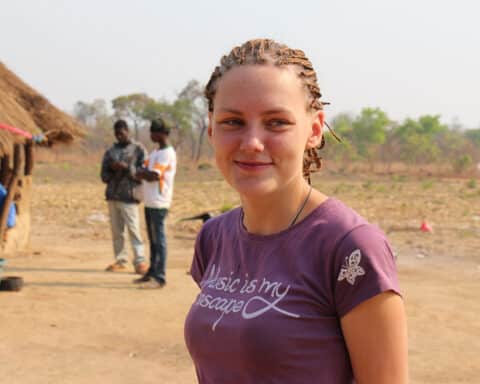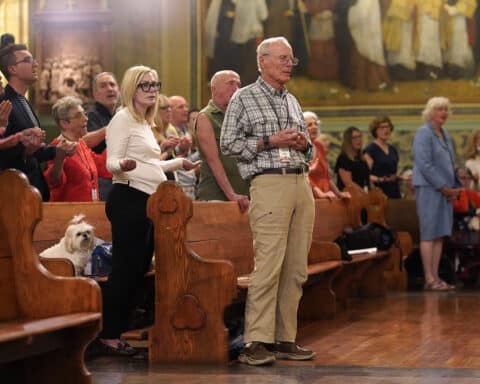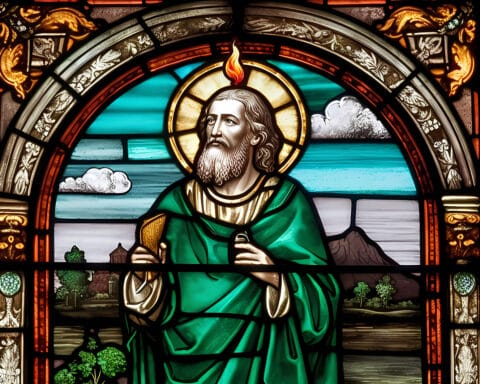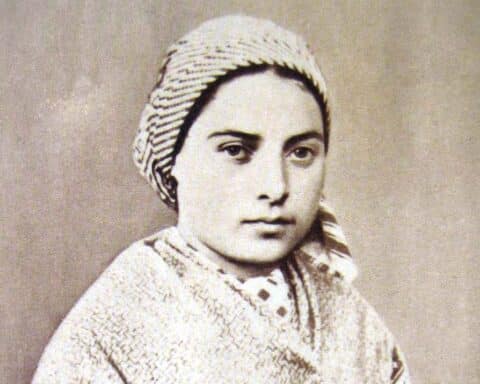Around 3 p.m. every day after school, “Brother Fix-it” would strap on a toolbelt over his long black robe and walk around the hallways of Cretin High School, scrubbing toilets, shoveling driveways and tinkering with whatever else needed fixing.
“That was really a hallmark of who he was right up until the moment of his death,” said Frank Miley, president of the school that is today known as Cretin-Derham Hall High School in St. Paul, Minnesota.
Miley and three other faculty and staff members this week are traveling to Guatemala, where on Dec. 7 they will attend the beatification Mass of De La Salle Christian Brother James Santiago Miller, who died a martyr on Feb. 13, 1982, in Huehuetenango, Guatemala.
A death squad aligned with the Guatemalan military shot Brother James while he was repairing a wall outside a school operated by the Christian Brothers, who were targeted for preventing young boys from being conscripted into the military during that country’s civil war.
Born into a Wisconsin farming family in September 1944, Brother James as a teenager joined the De La Salle Christian Brothers in 1959. As a novice, the order sent him to attend Cretin High School in his junior year as a student.
In the 1960s, Brother James returned to the school as a Spanish teacher. For three years, he also taught English and religion, founded the then-all-boys-school’s soccer team and indulged his interest in maintenance by working as a part-time custodian.
“He was busy,” Miley said.
From Cretin High School, the Christian Brothers sent Brother James to Nicaragua, where he directed a network of local schools for poor, rural communities. Worried for his safety during the Sandinista revolution, his religious superiors returned him to the United States.
Work in Guatemala
In the fall of 1979, Brother James again began teaching classes at Cretin High School. He would remain there until 1981, when the Christian Brothers sent him to Guatemala, where he taught at a secondary school in Huehuetenango and worked with young indigenous Mayans who studied and trained in agriculture.
“He went to Guatemala, where he knew his life was in danger,” Miley said. “But he believed he was being called in a very profound way to serve the people of Guatemala, even if it resulted in his death.”
His writings demonstrate a deep concern and solidarity with the poor, even if his ministry put him in harm’s way. Writing from Nicaraugua, he once responded to a question about whether he was afraid of the shootings that took place around him: “Are you kidding? I never thought I could pray with such fervor when I go to bed.”
In one of his last letters before his death, Brother James wrote in January 1982 that he was “personally weary of violence,” but that he felt a strong commitment to the suffering poor of Central America. He wrote: “The Church is being persecuted because of its option for the poor. Aware of numerous dangers and difficulties, we continue working with faith and hope and trusting in God’s Providence.”
Shortly before he was killed, the Christian Brothers in Huehuetenango had received a warning that a death squad was looking for one of them. About a week before, another brother had gotten into a row with authorities over three students who had been kidnapped by the military. The students were subsequently released, but the Brothers’ advocacy made them a target.
“There was tremendous tension between the Brothers and the military,” Miley said. “The military was conscripting anybody they could find, kids as young as 12, pulling them off the streets.”
Amid the heightened tensions, the Brothers’ school went on lockdown. The students were not allowed to go outside the walls.
“They were very attentive to the fact that they were being watched and in danger,” said Miley, who added that Brother James walked outside the school’s wall one afternoon to do some repairs when he was killed. He was 37. It is believed the assassins — who were never caught — originally intended to kill the other brother.
“He was an opportunity target,” Miley said.
Pope Francis recognized Brother James as a martyr last year, clearing the way for his beatification. Miley said those who knew Brother James said he was “a very unlikely person” who most people would ever predict would one day be on the path to sainthood.
“He was a regular guy who gave his all to the people he served in a very ordinary way,” Miley said. “He got up every morning, went to work, did his job, taught the kids and was singularly focused on serving the students that he served.”
Cretin-Derham Hall High School honors Brother James’ legacy by invoking him during morning prayers and asking for his intercession. An icon of Brother James hangs in the classroom he taught in, and a hallway has been named after him. A bronze bust was recently put in the school courtyard. Early next year, the school’s chapel will be rededicated in his honor.
“I think we’ve made a very robust effort at keeping his life story alive here,” Miley said. “In his simplicity, he gave us a very profound message about Christianity that is very real and has everything to do with living your faith.”
Brian Fraga is a contributing editor for Our Sunday Visitor.

